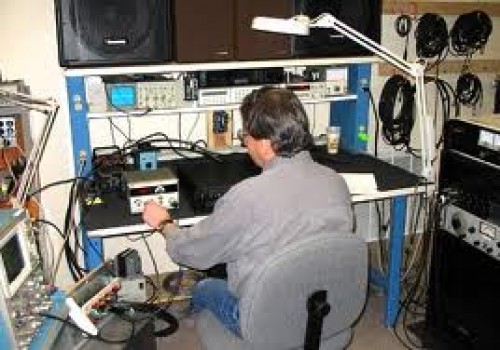How to Read an AMP Power Rating

A power amp, which stands for amplifiers, comes with a set of ratings. A series of numbers explains how to read an AMP rating, which varies from song genres. For example a rock band uses uses maximum outputs, while a classical singer or a religious singer prefers softer outputs, and ratings of these two modes can be determined differently. The process is not very difficult, you just have to follow a series of numbers to measure the variation and determine their ratings. If you have exposure to the systems, you will certainly have some knowledge about it.
Instructions
-
1
RMS Power
Understanding of Root Mean Squared (RMS) means is simply understanding of power output. Most audiophiles see it a meaningless number, but this can help you to a great extent in determining AMP power rating. If you want to do sine curve calculations, you can avoid RMS power monitoring. -
2
Reading Peak Numbers
When all channels are busy, the numbers touched the 12000 and above. This is the peak number and by reading it you can measure the AMP rating. Although the peak numbers cannot hold themselves above 12000 for a longer period, the average of 12000 numbers is described as impressive. Still many audiophiles are not impressed with the average, as according to them the number is not that telling. -
3
US FTC Rating
You can also get average amp power rating from the numbers of the United States Federal Trade Commission (FTC). The commission also publishes industrial average. However, its rating equals power rating of when two channels are in operation. -
4
Electronic Industry Association
You can also take average AMP power rating from the Electric Industry Association that publishes the ratings regularly. However, EIA's rating is based on the guideline of two channels being in operation, which does not impress the audiophiles. -
5
Talking to Sound Engineer
A sound engineer or audiophile can help you in getting average of AMP power rating, irrespective of a question whether they are impressed with it or not. For this you can first get understanding of RMS and then compare the watts output. The more you talk about it with the engineer the more understanding you will get and it will be easier for you then to get an AMP power rating yourself. -
6
Other Methods
You can also get an AMP power rating by comparing watts. For example, there is a difference between 200 watts and 400 watts, but there is no difference between 200 and 220 watts.
Evaluation of ohms can also help you understand an AMP power rating. Amplifiers are wired for 8 ohm rating.







